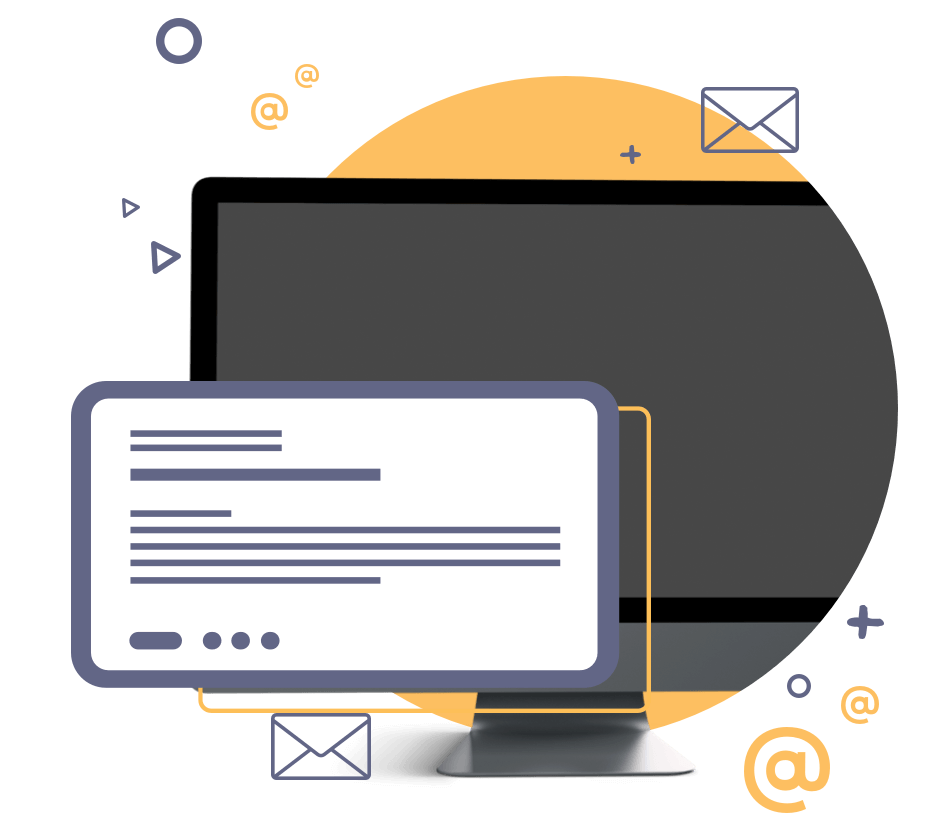Quick Links
Why do you need email segmentation?
Your audience is not all the same. This might be obvious to many, yet, there are still some out there that believe their email subscribers should simply all get the same content.
One big list to serve them all.
Εmail marketing however, is not merely collecting addresses, placing them on a list, then targeting that entire list with your marketing materials. To keep your subscribers engaged you need much more than a batch and blast email campaign.
The statistics are here to prove that:
- 56% of users unsubscribe from emails
if content is not relevant to them. - Generic emails have less than 1% conversion rate
- 760% increase in revenue due to segmented campaigns (DMA).
- 39% of email marketers that practice list
- segmentation report better open rates, and 24% report increased sales leads
As the above suggests, one of the best ways to ensure that your email list is an effective marketing tool is by segmenting your contacts. Segmentation is used as a personalization technique to deliver more relevant email marketing content to your audience based on demographics, interests, online activity and purchases, and any other measurable trait your audience may have.
Segments are created so that you can cater specifically to each different email list and that list’s independent interests, rather than creating one message to serve them all. List segmentation is absolutely key to sending targeted, relevant and personalized messages and it can lead to big-time results.
Ultimately, the goal of email list segmentation is to personalize your emails by building customized content for segmented lists and delivering campaigns to small groups of people rather than blasting generic emails to large, untargeted groups of people.
6 ways to segment your list
1. Personal demographics
Most marketers start off with segmentation by demographic data, segmenting people according to age, gender, job title, and others. Understanding basic facts about your audience can help you speak to them in a way that will elicit a positive response.
A good place for you to gather this information is in the sign-up process. However, be careful with this, because asking for too much information can turn people off.
2. Location
Another way you could use to segment your contacts is based on their geographic location. For example, brick-and-mortar businesses can send emails that are segmented to audiences in specific locations, in order to increase in-store traffic.
On the other hand, businesses can use geographically segmented emails to send more relevant or seasonal information to consumers, depending on weather conditions or special holidays.
Location also plays a significant role in terms of optimal delivery times, taking into consideration different time zones.
3. Stage in the sales funnel
A strong segmentation strategy is to segment your list by the stage your client is in the sales funnel. It goes without saying that according to their position in the sales funnel, whether they are at the top, the bottom or in the middle, users should be receiving different targeted emails.
For example, a brand-new subscriber should receive a more generalized email, with the range of products or services you offer. At the same time a user who has signed up for a while and interacted with certain email content, should receive more targeted emails on products or services.
This way you will be able to provide them both with more relevant information based on their expressed preferences and build efficient engagement.
4. Website Consumer Behavior
Consumer behavior patterns can prove to be useful in your segmentation strategy. For example, consider creating lists of people who click (or do not click) links in email newsletters, or inactive customers that haven’t made purchases for a while.
Identifying a customer’s browsing behavior enables your business to create and send them relevant messages, increasing the chances of this customer interacting with your brand.
5. Content consumption
Whatever industry or niche your business belongs to, the creation of valuable content is an effective way to bring in leads. Identifying the way your leads and prospects consume your content enables you to better understand your target groups, segment them based on this content and craft more engaging content that they’ll want to check out.
For example, if a subscriber consistently views a particular type of content, you should send them similar content.
6. Email activity
Ready to segment?
Segments are created so that the marketer can cater specifically to each different email list and that list’s independent interests, rather than creating one message to serve them all. List segmentation is absolutely key to sending targeted, relevant and personalized messages and it can lead to big-time results.
If you are looking to build a successful email strategy, grow your sales, make brand connections, and establish better relationships with your contacts then you should invest in email segmentation and personalization.
It is critical however that you have a clear picture of what your goal is, who your recipients are, and create email content that is highly valuable, relatable, and specific to their needs. Register for a solution that can get customers’ data automatically segmented, and send personalized messages to them. Email marketing segmentation isn’t reserved only for the big brands. With the help of WayMore’s simple email marketing tool and a bit of creativity, you can start targeting your audience with these strategies today.




